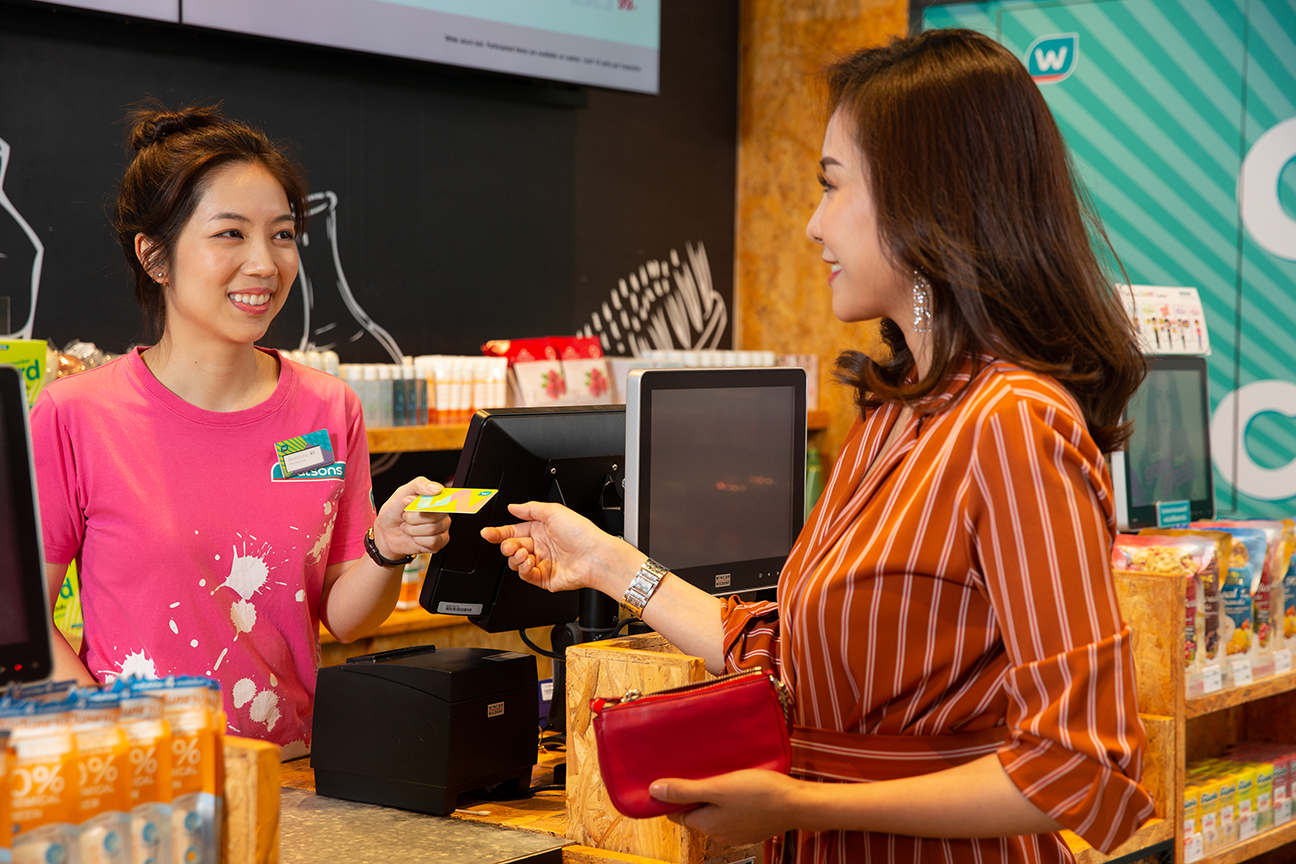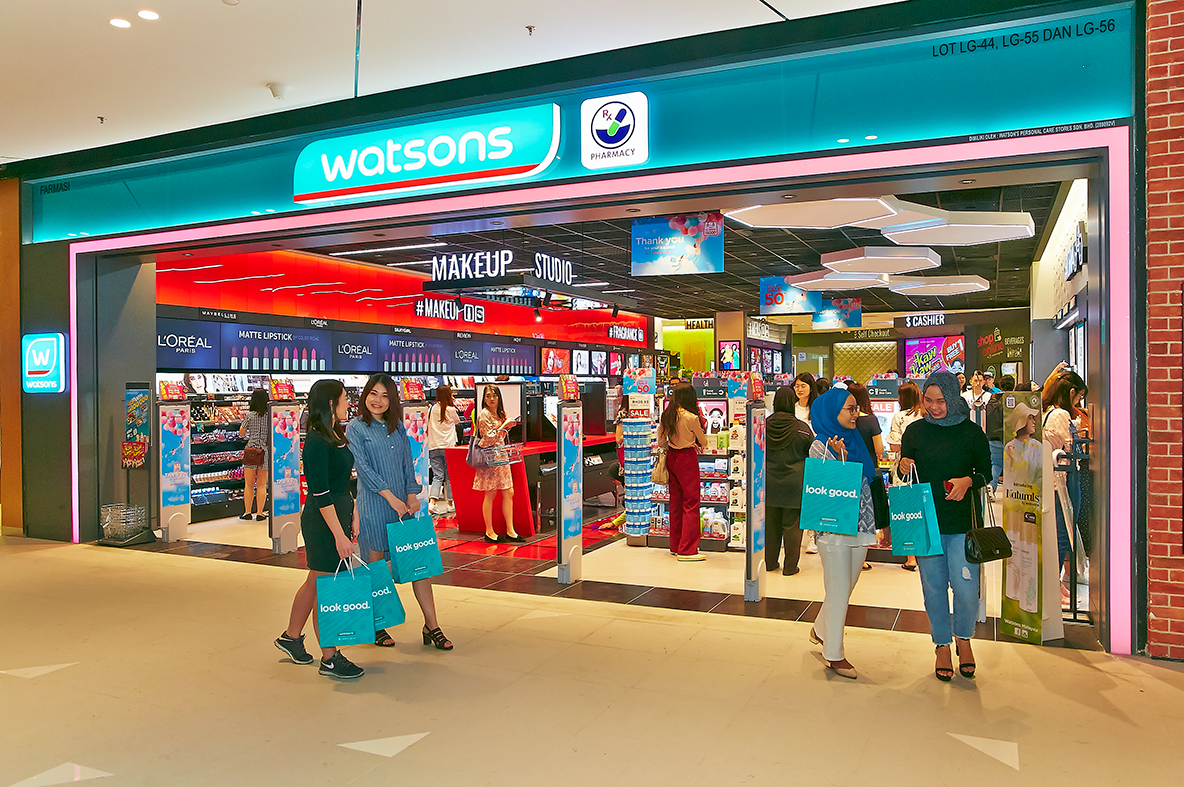
The challenges of maintaining customer loyalty amid endless brand choices
share on
Customers are truly spoilt for choice. And if it wasn’t already a headache for brands and marketers to hold onto them, it’s even harder to build up customer loyalty in an era full of alternatives available at one’s fingertips. Simon Yuen explores how brands can build and retain customer loyalty by keeping consumers keen amid a sea of deals.
Get emotional
Customer loyalty is pretty much unanimously accepted to come about as the end result of consistently positive emotional experiences, physical attribute-based satisfaction, and perceived value of an experience, which includes the products or services.
Put in even simpler terms: does it please me, is it good quality, and is it worth me spending my cash on again?
With such a loose set of criteria, it means that competitors and alternatives are to be found around every corner, making it difficult for many brands to keep their customers’ fidelity high.
Now, it would seem a no-brainer that a loyal customer would ergo be a satisfied customer, but a customer being happy could have nothing to do with their loyalty. Nowadays, the near-constant availability of great products, prices, and services is not a strong enough lure on its own to maintain a closeness to customers. Customers are increasingly making their decisions based on how retailers connect with them and make them feel.
According to an article by Collinson, which specialises in loyalty and benefits, loyalty is a behaviour rather than a discount, so brands that make themselves integral to a way of life are far more successful at gaining customer loyalty than those that only offer discounts.
But retaining customers is still a problem if another product or service can simply fill that same essential role.
Mary English, former executive vice president of APAC for Collinson, says that after acquiring customers, brands have to immediately start work on retaining them by offering wider experiential redemption opportunities and ensuring customers can drive additional value by accessing their own data.
“Discounts and freebies certainly don’t hurt customer loyalty,” says Serenity Gibbons, writer of Entrepreneur. She uses American clothing company Patagonia as an example to showcase how putting a brand’s mission front and centre can be helpful in building up customer loyalty.
“Patagonia’s loyalty strategy works because shoppers overwhelmingly support social change with their wallets,” she says.
“It is so dedicated to its environmental mission that it actually encourages its customers not to buy clothing they don’t need. Its Worn Wear Wagon programme (which aims to keep clothing, regardless of brand, in circulation for as long as possible) even tours around the US to teach people how to fix their used gear for free.”
A survey conducted by Cone Communications found that 87% of customers would buy a product because a company advocated for an issue they cared about, while 76% would refuse to buy a company’s products or services after learning it supported an issue contrary to their beliefs.
Humans are easily enchanted by convenience, so factors such as price, proximity to a brick and mortar store, and accessibility to a brand’s products, can build a docile form of dependent loyalty.
But when it comes to emotional loyalty, customers who are emotionally engaged and happy with a brand’s activities will probably recommend the products and services of this brand to their friends and families.
Getting the word out on those activities, or brand beliefs, means spending money on advertising for exposure. But brands and marketers need to use their budgets in smarter ways. Rather then throwing cash at the challenge to buy up all available media space, the power of storytelling is a much more effective way for brands to build up their images.
Bozoma Saint John, CMO of Endeavour, mentioned at this year’s MarketingPulse event – organised by the Hong Kong Trade Development Council – that one major stereotype of using celebrities and influencers is about spending big heaps of moolah, but not knowing what messages they had to bring out to their audience.
She provided an example from some years ago, when Apple launched an ad starring three black women. In the video, the women talked about what music meant to them. With the theme of a “Heartbreak recovery service”, the video aimed to tell the audience that Apple Music could offer much more than the songs themselves. Saint John stressed that marketing for the long-term is about sparking customer emotions, and building a deeper connection between brands and customers.
A successful emotional connection can spark interest from people of every stripe, not just those mentioned in the content. Though topics could feature ethnic minorities or LGBT issues that could be associated with a specific segment of the audience, the actual impact could be universal.
A good example from Hong Kong would be when AIA released a short film to generate an emotional connection with customers. Through the campaign, AIA associated critical illness insurance with the relatable pain of having a loved one suffer from cancer. At the end of the film, a group of family members find it easier to fight against this serious illness with the support of insurance.
Get personal
Another common method to build up customer loyalty is personalised marketing. “Personalised marketing is the implementation of a strategy by which companies deliver individualised content to recipients through data collection, analysis, and the use of automation technology,” says Jen Murray, lead nurturing manager at Emarsys.
Marketers have known about the importance of personalisation for years.
Adobe’s latest report, “Experience Index: 2019 Digital Trends”, revealed that 44% of marketers said the biggest challenge they faced this year was the “difficulty in getting a holistic view of customers across all interactions”.
In fact, almost one-third (31%) of marketers see a “lack of marketing technology integration” as a barrier to securing an end-to-end view of audience and customer interactions.
As the customer experience continues to be a key competitive differentiator, businesses are aiming to deliver data-driven, personalised marketing at scale. Among 32% of marketers, “delivering personalised experiences in realtime”, remains by far the most exciting prospect within the next three years.
As for customers, letting them enjoy a taste of a product is conducive to offering a personal experience as well. Samsung, for example, has held several experiential Galaxy Studio laboratories in the past, which offer a first-hand experience of the latest products for customers with different interactive activities.
The South Korean conglomerate says it understands the importance of offering Millennials an all-new experience. At the Galaxy Studio, Samsung maintains close interaction and communication with its consumers. The studio also lets them experience all the advanced functions of its flagship smartphones and other products, allowing them to briefly participate in the lifestyle of the next generation.
Get with the programme
Customer loyalty programmes first started in the airline industry where traditional customer engagement was transactional-based, such as taking a certain amount of flights, the customer would then get a free upgrade. Today, the airline industry still relies on these programmes hugely.
Paul Smitton, CEO of Asia Miles, tells Marketing a loyalty programme is about how brands understand customers, and engage them, in a holistic way through CRM.
The company is celebrating its 20th anniversary this year and has been expanding its partnerships with companies from a wider stretch of industries. Just as customers can earn points from methods other than flying with partner airlines, they can now also redeem other rewards rather than just flight tickets.
The company has positioned itself as a travel and lifestyle programme, rather than a travel loyalty programme.
More and more, brands have realised that traditional approaches – such as earning and burning points – are not good enough for customers’ needs any more, with many of them offering customers a more diverse batch of rewards. These rewards don’t have to have a close relationship with the bread and butter of a company’s business. However, by covering as many as – if not every aspect of its customers’ daily lives, they provide more incentives for willing customers to participate in future loyalty programmes.
“Relevance is key. Offers, stories, experiences, and communications have to be relevant to customers. Otherwise, they have no time for you.”
“We have progressed to launch a VIP programme in 2019,” says Emily Wong, regional marketing director, health and beauty, Asia and Eastern Europe, A.S. Watson Group.
The VIP programme targets the highestspending members who have contributed 25% of sales to the company, and offers “moneycannot- buy” experiences to members such as meet-and-greet events with celebrities, movie premiere attendances, and workshops to learn more about health and beauty tips and trends.
Wong thinks it’s a useful way to communicate with customers.
“Loyalty programmes allow customers to provide feedback over their shopping experience so that we can fine-tune our marketing strategies. To retain our members, we need to make them feel special and valued by offering amazing benefits and even more tailored rewards,” Wong says.
Though there are many ways to engage customers, brands are advised to stay relevant to them as customers have little patience with unwanted experiences. “Relevance is key. Offers, stories, experiences, and communications have to be relevant to customers. Otherwise, they have no time for you,” Wong concludes.
This article was produced for the September issue of Marketing Magazine. For more features and other magazine-exclusive content from this and upcoming issues, you can subscribe to receive your free monthly print copy here or you can read the digital version in its entirety here.
share on
Free newsletter
Get the daily lowdown on Asia's top marketing stories.
We break down the big and messy topics of the day so you're updated on the most important developments in Asia's marketing development – for free.
subscribe now open in new window






